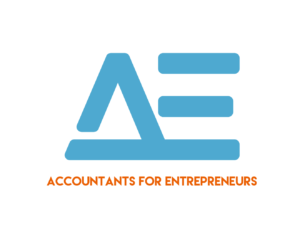
The U.S. federal government has been actively launching initiatives to help businesses across various industries survive this period and continuously support their employees.
One initiative worth mentioning is the Paycheck Protection Program, a part of the coronavirus relief bill CARES Act signed in March 2020. This loan program offers a direct incentive for small businesses who are keeping their workers on the payroll. Moreover, the Small Business Administration or SBA will forgive loans—as long as certain employee retention criteria are met and that the funds are used for eligible expenses.
Since then, this loan program has helped millions of small businesses and tech companies meet their payroll and basic expenses. It has also served as a crucial aid amidst the economic meltdown the world is currently facing.
If you have applied for a PPP loan, you should be aware of the revisions that it has undergone over the past months. In particular, here are some points on PPP Loan Forgiveness Applications that you must take note of:
1. Covered Period Options
The Covered Period is either a 24-week period beginning on the PPP loan disbursement date, or an eight-week (56-day) period—for borrowers who received PPP loan before June 5, 2020. Take note that the Covered Period may not be extended beyond December 31, 2020.
Under certain circumstances, you may be allowed to calculate payroll costs using an alternative payroll covered period. For example, if you have a biweekly payroll schedule, you can calculate eligible payroll costs using a 24-week period beginning on the first day of the first pay period after your PPP loan disbursement date.
Like the Covered Period, the Alternative Payroll Covered Period may not be extended beyond December 31, 2020.
2. When to Submit Application and Deferral
If you have used all of your loan proceeds, you are free to submit your loan forgiveness application at any time. However, make sure that you do it on or before your loan’s maturity date.
That said, there are certain details that you must pay attention to. If you apply before the end of the Covered Period and have reduced any of your employees’ salaries more than 25%, you must account for the excess salary reductions.
Furthermore, if you fail to apply for loan forgiveness on time or if the SBA deems your loan not eligible for forgiveness, the PPP loan is no longer deferred. This means that you will need to start paying principal and interest.
3. Eligible Payroll Costs
As hinted in the sections above, there are certain items that the SBA deems eligible and ineligible for forgiveness. Here are some criteria that you must meet:
- Payroll costs must be paid or incurred during the Covered Period or Alternate Payroll Covered Period.
- Payroll costs incurred during the last period must be paid on or before the next regular payroll date after the Covered Period or Alternate Covered Period.
- Payroll costs incurred before the Covered Period or Alternate Covered Period must be paid during it.
Finally, remember that all kinds of cash compensation paid to employees must be taken into account as well. This includes tips, commissions, bonuses, and hazard pay. It also covers housing stipends or allowances as well as vacation, parental, family, medical, or sick leave costs.
Conclusion
The three items mentioned above are just the fundamental points worth knowing about PPP loan forgiveness. To know more about the loan program’s latest terms, it is best to visit resource pages on the CARES Act as well as the SBA’s dedicated Paycheck Protection Program page. Ultimately, consider seeking the help of bookkeeping services companies to get the assistance you need.
A4E is a bookkeeping service company in Boston, MA with one mission: to give SaaS and tech companies like yours peace of mind through expert bookkeeping. We accurately record all of your transactions with a tax-savings focus to help you grow your business. Get in touch with us today to learn how we can help!
